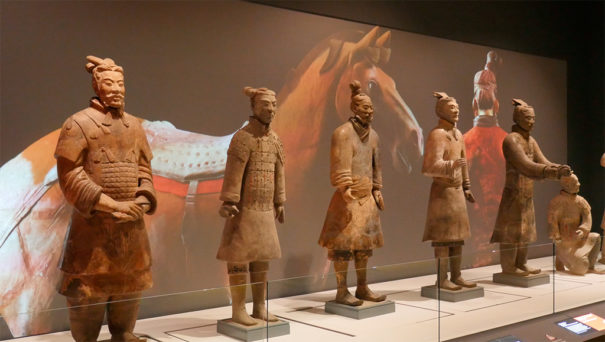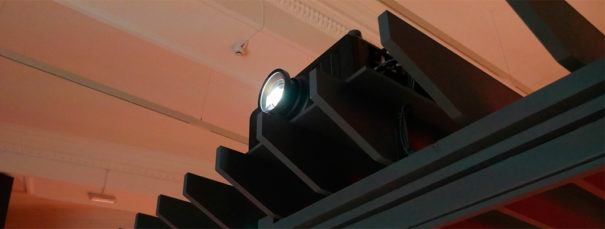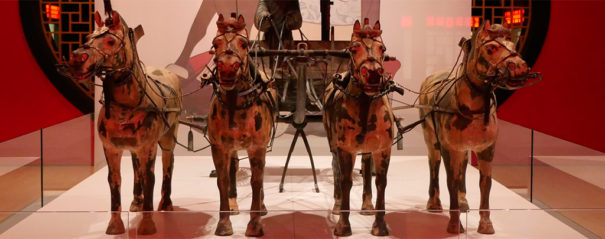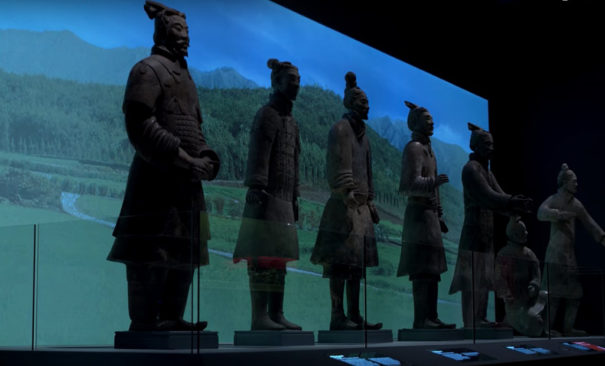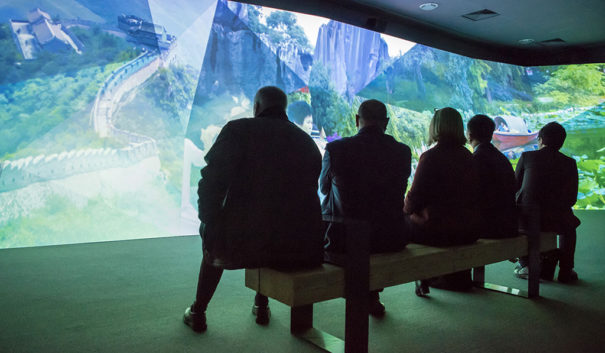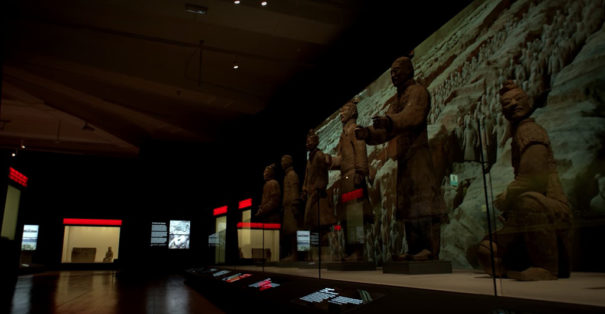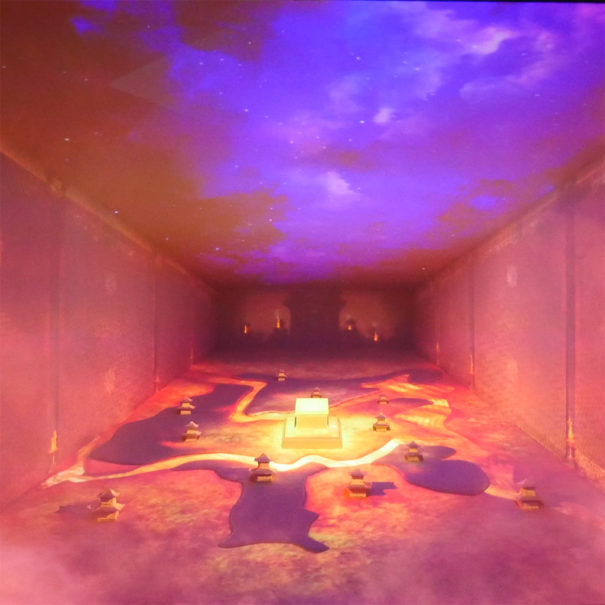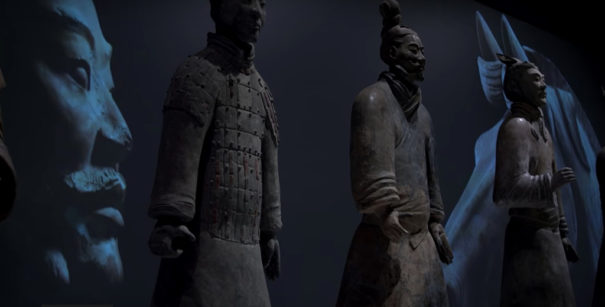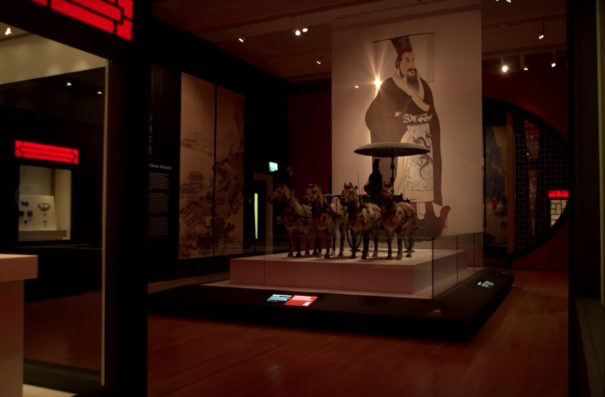Panasonic technology recreates the story of the Terracotta Warriors at the World Museum in Liverpool
The National Museums in Liverpool explain the history of the Terracotta Warriors with the help of Panasonic projectors. Eight PT-RZ970 and five PT-RZ670 devices are used to create an immersive experience..
Los National Museums de Liverpool They comprise eight venues that house the most important and varied collections in Europe and attract around three million visitors each year..
The World Museum is the oldest museum managed by the National Museums Liverpool, with life science collections and exhibitions, earth sciences and human cultures from around the world, the last of which presents the exhibition 'The First Emperor of China and the Terracotta Warriors’ (China’s First Emperor and the Terracotta Warriors), which can be visited until 28 October 2018.
For more than 2000 years, A clandestine army of life-size terracotta warriors secretly guarded the tomb of China's first emperor, Quin Shi Huang, until a chance discovery in 1974 the mysteries of a disappeared empire were revealed.
The exhibition covers almost a thousand years of Chinese history, from the conflicts and chaos of the Warring States period to the achievements and legacy of the Qin and Han dynasties, y, with the help of projection technology Panasonic, the narration of the exhibition has been improved, giving life to the elements.
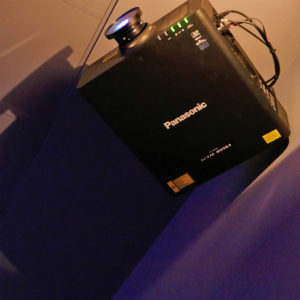 The Liverpool-based AV equipment rental company, Adlib, has been one of the many technical partners who presented their proposal to the National Museums Liverpool.
The Liverpool-based AV equipment rental company, Adlib, has been one of the many technical partners who presented their proposal to the National Museums Liverpool.
Fiona Philpott, Exhibitions Director for National Museums Liverpool, who was part of the committee that approved Adlib's participation in the exhibition, explains what his challenges were. “One of our biggest concerns was that the technology could fail., since projections are a very important part of the visitor experience. Adlib could control everything remotely, “But it was also decisive that they were just a few minutes away and could come quickly in times of need.”.
Adlib worked closely with Draw&Code, which was commissioned by National Museums Liverpool to create an immersive experience for the exhibition. Augmented reality projections were used, animations and visualizations in virtual reality.
“We wanted to do something that would capture the public's imagination and leave them in awe. Working with Adlib and meeting with them to put all these ideas together, as well as the creative freedom that Panasonic hardware offered us, “It allowed us to achieve almost magical effects.”, says Andy Cooper, Creative Director of Draw&Code.
Thanks to the help of Panasonic laser projectors, this immersive experience, showing the history of the terracotta warriors, is able to capture the attention of visitors. For this, Eight RZ970 and five RZ670 units were installed. Designed for intensive use and long-lasting shine, These equipment are ideal for use in museums and exhibitions.
“With the large screen located behind the warriors, one of the main challenges was that there was no space for a frontal projection. And taking into account the displacement, It seemed that there would be no room for a later screening either”, aclara Andrew Watts, systems integrator at Adlib.
To solve the problem, Panasonic mirror lenses were used, managing to reduce the distance necessary to perform a posterior projection. The targets are offset from the screen, so that it can be projected from various angles to fill it.
Instead of arranging these devices in a typical horizontal position, have been placed in vertical orientation, allowing you to achieve the desired image from a very short distance. The projectors are laser-based and arranging them in vertical orientation does not change performance, nor the cost or operating time, since they are designed to work in any orientation and angle.
Reliability was a key aspect of the projections at the National Museums Liverpool. One of their big concerns was the access that integrators would need to maintain the projectors.. With integrated systems inside and around the elements, and being such a sensitive place, they wanted to minimize access to reach them.
“The fact that there are no filters or lamps to replace allows the projectors to be placed and, simply, leave them there. Another key point to guarantee quality, is that they will have the same brightness from the first to the last day of the exhibition”, adds Andrew Watts.
AV installation in five areas
When visitors enter the exhibition, around 40 both, begins your immersive journey in an area called 'Introduction to China' (Introduction to China) and they encounter a wall of 15 meters wide by three meters high in the shape of a stylized mountain range, custom built to fit the space. The lights dim and there is a presentation on this screen about this country, while the atmosphere is filled with the aroma of cherry blossoms.
Images are created with two Panasonic PT-RZ970 laser projectors. 10.000 lumens mapped through the wall, and a Watchpax media server 4 of Dataton serves content to these teams. Besides, is responsible for controlling the amplifiers Crown and the fragrance generator Osborne Technologies.
The audio installation is made up of three AA61 speakers and one AA12HL subwoofers from Adlib, that run like a surround sound system 3.1 to provide a rich 3D tone. These installation speakers are compact and very reliable.
When the presentation ends, the Dataton server and the IOCore Artnet relay system of Visual Productions They are in charge of opening the doors and giving way to a second space: ‘Warring States’.
Two Panasonic PT-RZ970 projectors and two 5.5" screens are used in this area.×2 meters that run through the roof space. The contents are driven by a Watchpax 2 and incorporate the same power control system, iPower IP-4, found throughout the exhibition.
The information relates to the atmosphere of confusion and warring kingdoms in China before the Earth was unified by the first imperial dynasty led by Qin Shi Huang., who became Zheng, king of Qin to the 13 years and then the first emperor of China at 38 years. Here visitors learn the story of his rise to power and influence.
The audioscape is transmitted through the Adlib AA81 speakers built into the screen and the use of quadraphonic audio. The sound of arrows heard above, accompanied by drum beats and the sounds of battle, can be directional and achieves a more immersive and realistic environment.
The following area details the Qin Dynasty , with terracotta warriors from this period. An 8-inch projection screen has been installed here.×3 meters that feed content through three other Panasonic RZ970s. The images include close-ups of the warriors' faces that have been digitally painted for on-screen presentation in what could have been original colors.
“This area was particularly challenging for us.. The idea of having a large rear projection seemed simple, however, less than two meters of projection distance could be allocated in a space that, prima facie, It shouldn't allow enough distance for it to work.", explica Andrew Watts.
The trio of projectors is mounted vertically, using adapters Rigtec, modified to attach directly to a vertical truss base. The Panasonic ET-DLE030 lenses were adjusted giving a throw ratio of 0,36:1.
After this, visitors move to the Han Dynasty area, showing the details of the smallest warriors that were created during this time. Here is an HD screen that uses another Panasonic PT-RZ970 projector and whose contents are provided from the same Watchpax media server that runs the projections in the Qin Dynasty presentation.
The fifth area houses the mausoleum of the first emperor, that until today, in real life, has never been opened. This required a completely different treatment that is theatrically driven and, being the final space of the exhibition, it was vital to have a great impact.
The space includes a projection room in which a 'holo-gauze' mesh has been implemented to create a ghost effect in the front..
Five Panasonic PT-RZ670 projectors are used, four to transmit the projections to the ground, the sides and roof of the mausoleum for the dramatic spectacle, and one who deals with the mesh. Smoke effects appear on the front of the gauze, rivers of mercury are projected on the ground, culminating in a booby trap, caused by a bird flying through space.
Fiber backbone
All show programming is linked to a Dataton Watchnet server, which provides control of the Watchpax media servers and is the command center for all IP controlled devices in the system.
Part of the network infrastructure is built around a fiber backbone to accommodate distances between areas. You have a VPN router, hardware based, for access, network control and diagnosis. A secondary software-based VPN allows redundant network access through a dedicated monitoring server, which runs a Linux based Zabbix instance for logging, network monitoring and diagnosis.
Did you like this article?
Subscribe to our NEWSLETTER and you won't miss anything.



